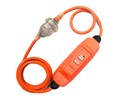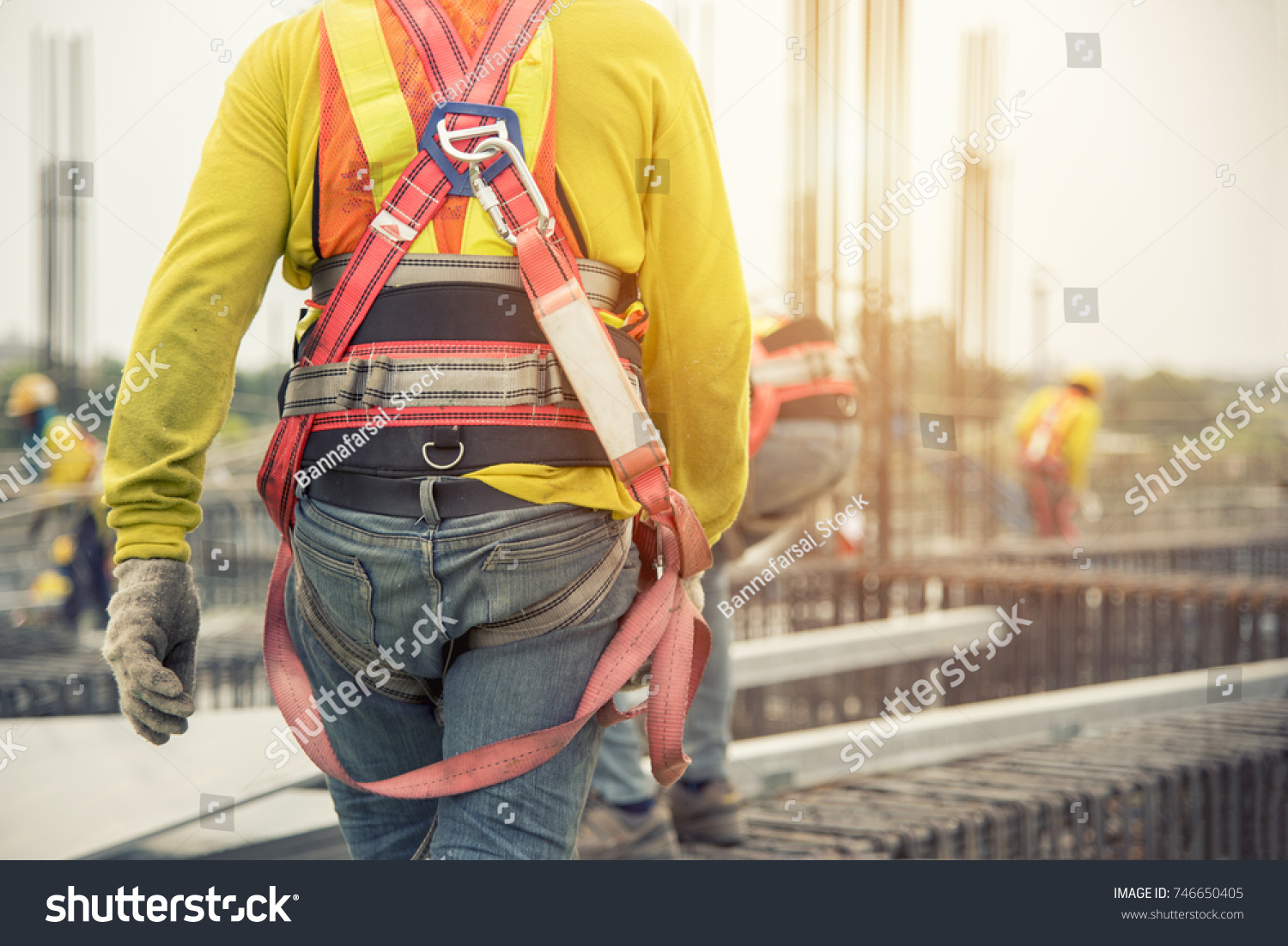
Suitability: Used in addition to electrical equipment when power source is too far away from designated zone.
Characteristic/Description: extension leads come in various lengths, some up to 10m. They have ‘male and female’ AC ends to connect to power source and equipment needed. The cords are made with reasonably durable and flexible rubber.
Limitations: Distance causing power loss, safety.
PPE: Standard precautions.
Correct use:
- Cords must be heavy duty, sheathed type.
- Check plugs and sockets for signs of damage or wear.
- Safely discard cords that show signs of wear, fraying, breaks, exposed wires etc.
- Do not join cords to exceed the maximum lengths prescribed in AS/NZS 3012:2010.
- Do not use extension leads which have not been tested as per AS/NZS 3760.
- Withdraw non-compliant leads from service immediately.
- Avoid creating tripping or other hazards with extension leads.
- Do not use in damp or wet conditions or in conditions where they are at risk of becoming wet.
- Always use extension cords in conjunction with a residual current device (RCD).
- Follow your organisational policies and procedures for extension leads.
- Never piggyback extension leads.
Special notes/precautions/WHS: This information is general and must be read in conjunction with the manufacturer instructions.

Suitable for: RCDs reduce the risk of electrocution by immediately cutting the supply of electricity when they detect that a harmful (or abnormally high) flow of electricity is going to a tool or appliance that is plugged in. There are many circumstances where you should use an RCD including:
- whenever you are using an extension lead
- whenever you are working in conditions that are likely to damage the tool or appliance that you are using (or reduce its lifespan)
- whenever the tool or appliance you are using is plugged into a socket.
Portable RCDs can be used where a permanent safety switch is not fitted.
Characteristics/ description: RCDs have an inbuilt safety switch attached to a durable rubber cord/ lead that plugs into power source and equipment.
Limitations: Does not provide protection against faults in fixed wiring. Needs regular testing
Serviceability: RCDs must be tested and tagged as Australian Standard AS/NZS 3760:2010 In-service safety inspection and testing of electrical equipment. RCDs also have a built-in testing mechanism which should be used as per the manufacturer instructions before every use.
Correct use:
- RCDs must be placed in a dry, stable position away from combustible liquid or gases.
- The built-in testing mechanism must be used before every use.
Special notes/precautions/WHS: This guidance us general and must be read in conjunction with the manufacturer instructions.

Suitable for: Running pneumatic tools. For example, spray painting, nail guns, jack hammers.
Characteristics/ description: There are a variety of air compressors available, however most air-compressors are made up of the following features:
- Roll cage: the roll cage acts as a protector for the internal components of the machine and are designed with low centred gravity to prevent accidental knock overs.
- Thermal overload protection: This is a precaution that some air compressors have integrated to prevent them from overheating. If the machine reaches this point, the power in the motor ceases.
- Pressure switch: The pressure switch ceases the motor once the tank has reached a certain value but will turn itself back on when the value has dropped to the specified value of operation.
- Air filter: The air filter cleanses the air particles that are present in the air including trapping moisture to keep the compressor clean.
- Drain valve: as the name suggests, the drain valve drains out the excess moisture that has been accumulated over time to prevent long term damage to the compressor, particularly if it has been made of cast iron.2
Limitations: Insufficient pressure for tool, unable to access power source.
PPE: Standard precautions, hearing protection, mask.
Correct use:
- Use air compressors on a stable and level surface.
- Familiarise yourself with features and functions of the model you are using.
- Inspect hoses and connections for wear or damage before using.
- Connect hoses securely.
- Ensure fan and filters are clean and clear.
- Check the gauge.
- Test the safety valve.
- Check that the air compressor is reaching the required pressure.
- Adjust the regulator valve.
- Wait for the compressor to reach pressure before operating attached tools.
- Monitor for leaks.
Special notes/precautions/WHS: This information is general and must be read in conjunction with the manufacturer instructions.

